What Are Noodles?
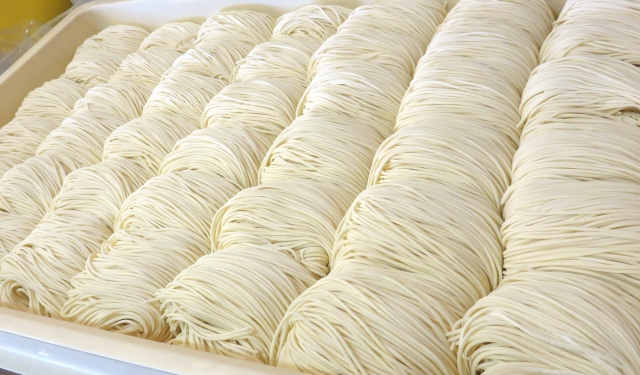
Noodles refer to foods made by kneading wheat flour, buckwheat flour, or similar ingredients with water and shaping them into long, thin strands. In Japan, a wide variety of noodle dishes such as ramen, udon, soba, and somen are commonly enjoyed.
In Japan, noodles have been part of everyday life for centuries, developing into unique styles and flavors in different regions.
They are served both hot and cold, and their methods of preparation and enjoyment vary depending on the season and location.
Simple, delicious, and diverse, Japanese noodle dishes have become one of the most popular types of Japanese food among international visitors.
Types of Noodle Dishes
Japanese cuisine features a wide variety of noodle dishes.
Here are some of the most popular ones:
Ramen
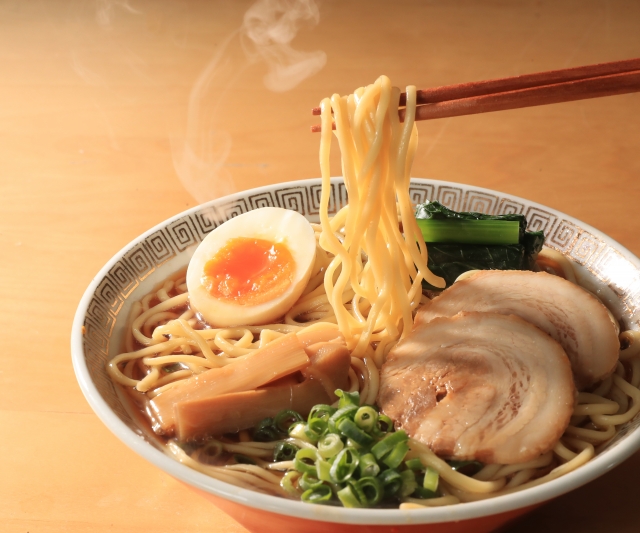
Ramen is an incredibly popular noodle dish both in Japan and internationally.
While its roots lie in Chinese cuisine, it has evolved uniquely in Japan.
There are numerous types of ramen broth, including soy sauce, miso, salt, and pork bone, each with distinct regional variations.
Udon
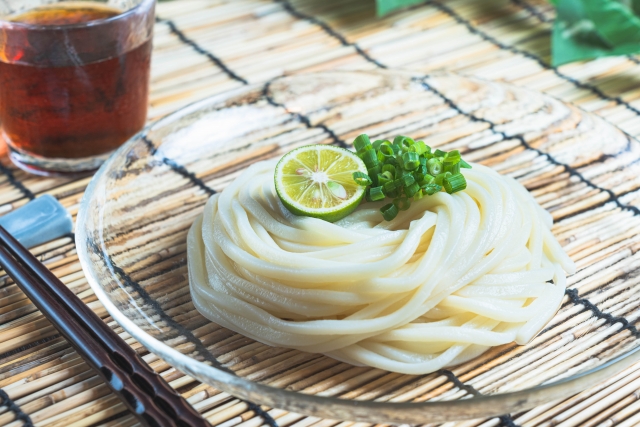
Udon noodles are thick and chewy, made from wheat flour.
They can be enjoyed in many ways depending on the season and preference.
"Zaru udon" is served cold, often with a dipping sauce, while "kake udon" is served in a hot broth.
Soba
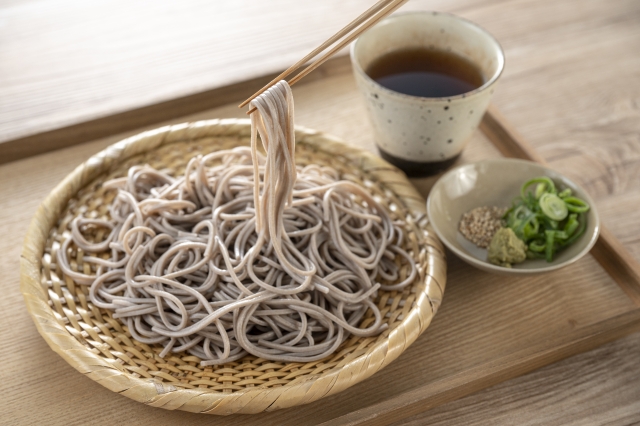
Soba noodles are thin and made from buckwheat flour.
Their rich, earthy flavor can be enjoyed in dishes like "zaru soba," served cold with a dipping sauce, or "kake soba," served in a hot broth.
Soba is also a traditional dish eaten on New Year's Eve, known as "toshikoshi soba."
Somen
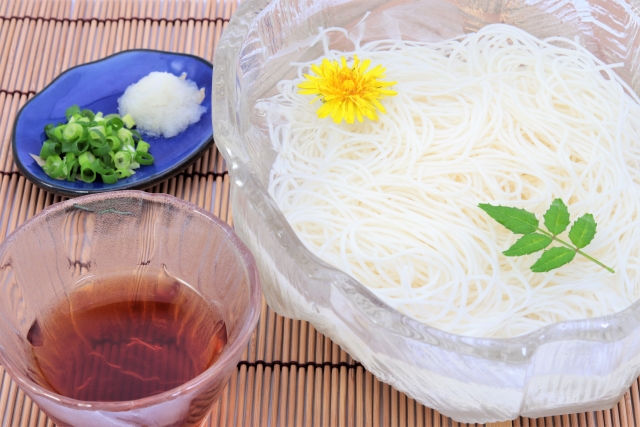
Somen are very thin wheat noodles, typically served cold during the summer.
One unique way to enjoy somen in the hot season is "nagashi somen," where the noodles flow down a bamboo flume in cold water, and diners catch them with chopsticks.
It's a fun and refreshing way to eat noodles that embodies the spirit of a Japanese summer.
Yakisoba
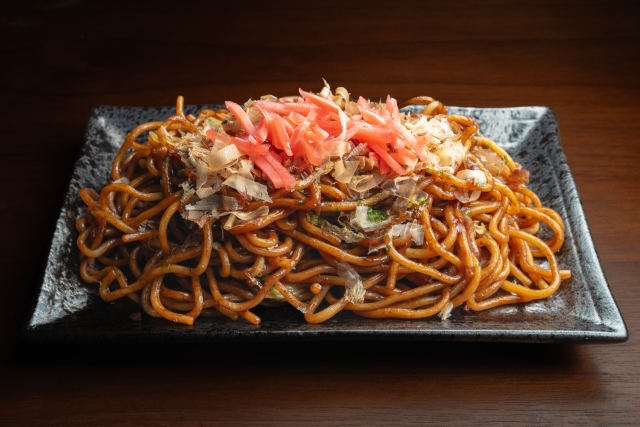
Yakisoba is a stir-fried noodle dish made with steamed Chinese-style noodles and various ingredients.It's commonly flavored with a savory sauce, but variations like salt or curry flavors also exist.
Often found at festivals and street fairs, yakisoba is a staple of Japanese street food culture.
Types of Noodles
Japanese noodles come in a variety of types, each with its own unique characteristics.
Understanding these differences can enhance your appreciation of Japan's noodle culture.
Noodles Made from Wheat Flour
Ramen Noodles
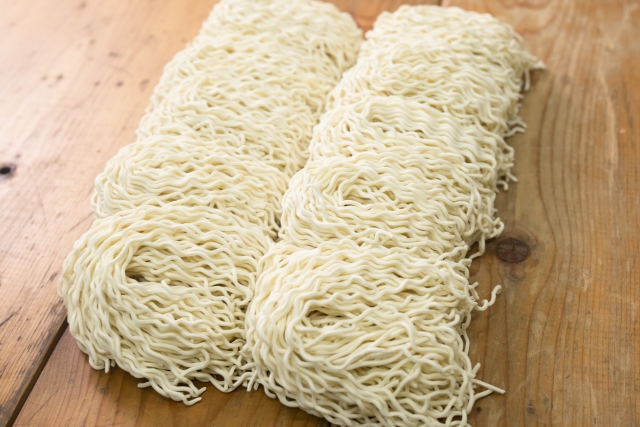
These noodles are used in ramen dishes.
They are designed to be firm and have a strong bite, making them perfect for absorbing and pairing with the flavorful broths.
Ramen noodles can be made with just wheat flour and water, or sometimes eggs are added for extra richness and texture.
Udon Noodle
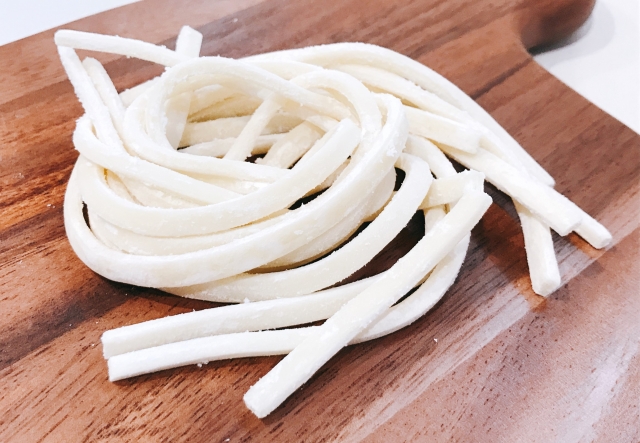
Udon noodles are thick, white, and have a chewy texture.
Different regions in Japan have their own unique ways of making udon, resulting in variations where some are firmer, while others are softer and more tender.
Somen Noodles
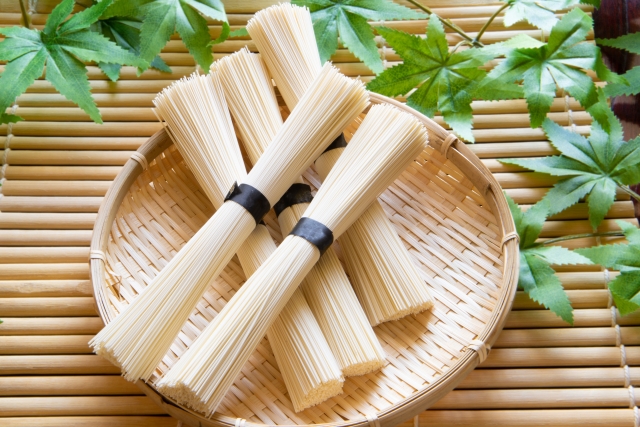
These are extremely thin noodles with a smooth, slippery texture that makes them easy to eat, especially in cold dishes.
Noodles Made from Buckwheat Flour
Soba Noodle
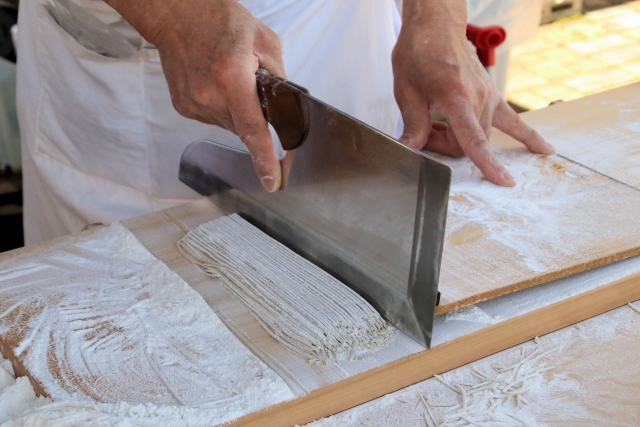
Soba noodles are grayish in color and have a strong, nutty flavor.
They are also considered to be healthy due to their nutritional content.
Noodle Thickness
The thickness of noodles significantly influences the dish and its texture.
Let's explore how the thickness of noodles can make a difference.
Thin Noodles
Somen
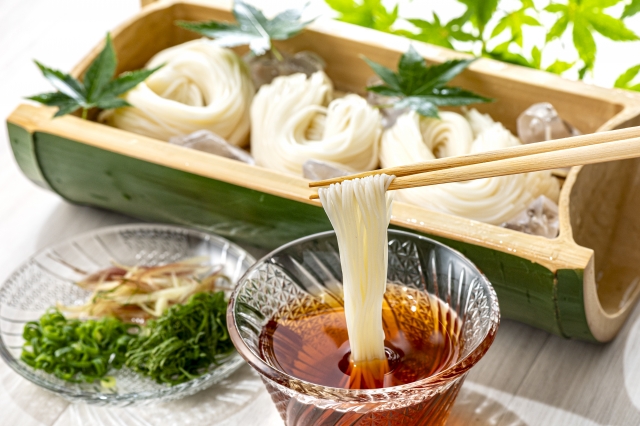
With a diameter of 0.6 to 1.2 mm, somen noodles are known for their smooth texture, making them perfect for cold dishes.
Thin-Cut Soba
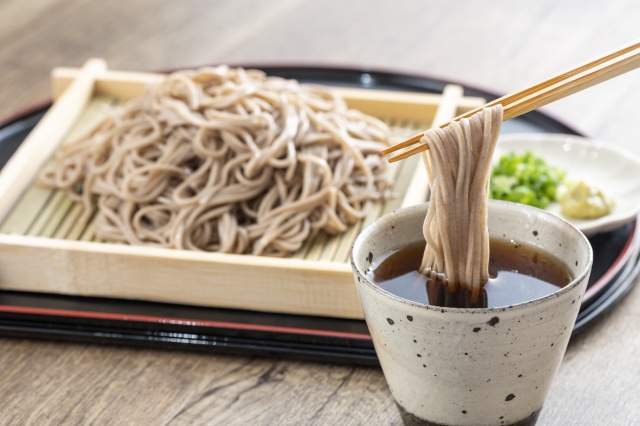
Less than 2.0 mm in thickness, these noodles offer a delicate texture and are often enjoyed for their subtlety.
Medium Noodles
Medium Ramen Noodles
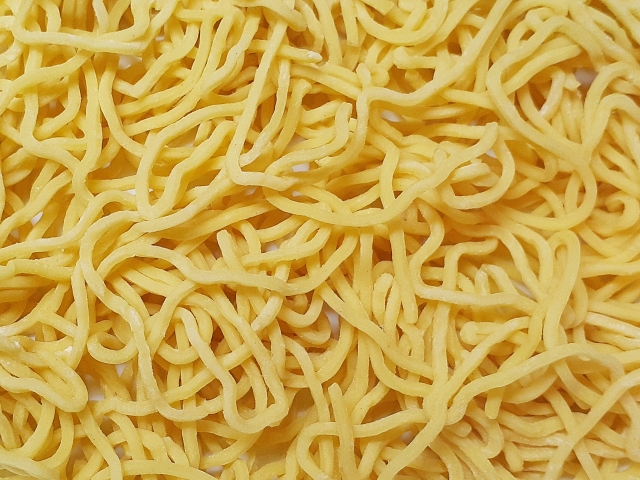
These noodles range from 1.5 to 2.0 mm in thickness.
They have a good bite and pair well with various broths, providing a satisfying eating experience.
Medium Udon Noodles
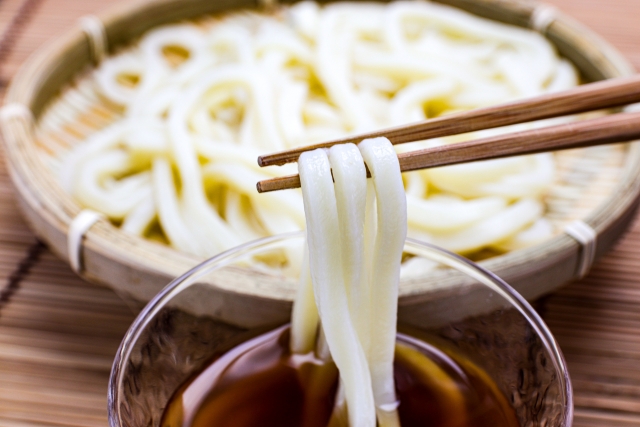
With a thickness of 3.0 to 5.0 mm, medium udon noodles have a chewy texture that many find enjoyable.
Thick Noodles
Thick Yakisoba Noodles
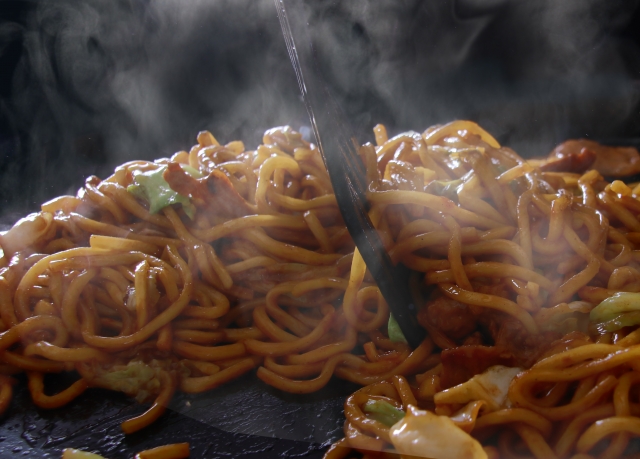
These noodles, ranging from 4.0 to 5.0 mm in thickness, have a firm texture, making them ideal for stir-fried dishes.
"Sauce Yakisoba," made with Worcestershire sauce, is particularly popular.
Thick Ramen Noodles
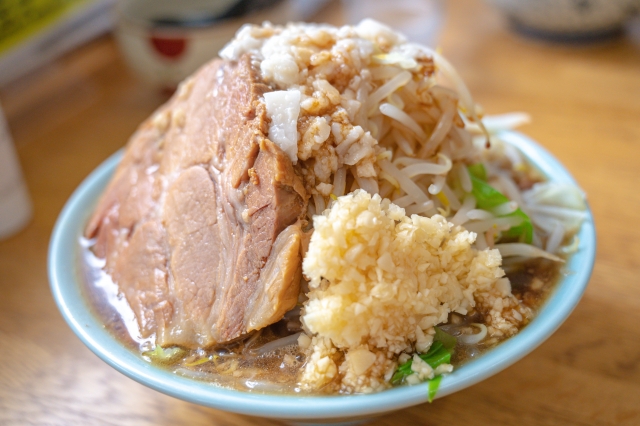
Recently, thicker ramen noodles have become popular for pairing with rich, hearty broths.
They are often used in the beloved "Jiro-style ramen," known for its substantial portions and bold flavors.
Kishimen
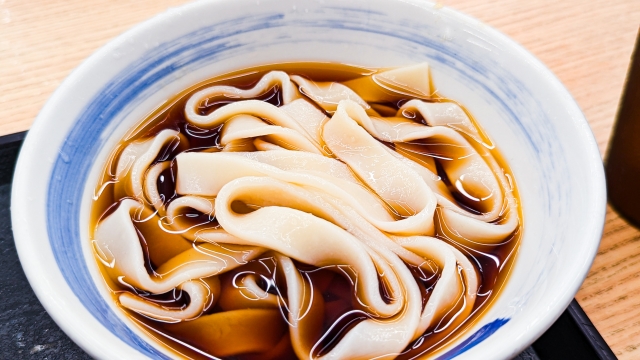
This local specialty from Aichi Prefecture features wide, flat noodles.
Kishimen offers a unique texture and is a favorite in regional cuisine.
How to Cook Noodles
In Japan, there is great attention to detail in the way noodles are cooked.
Proper cooking methods can bring out the best flavors and textures in the noodles.
Ramen
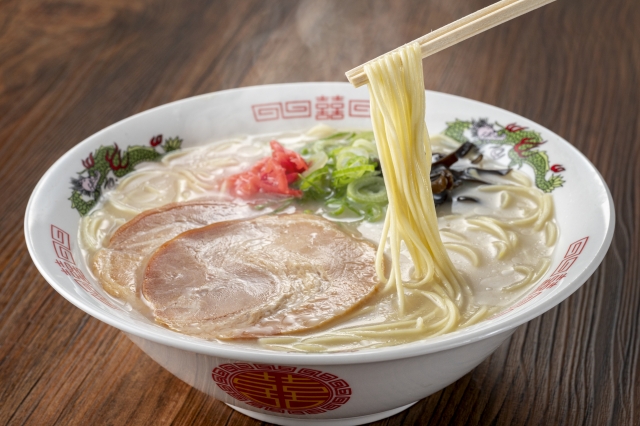
Ramen requires a short cooking time, typically about 1 to 2 minutes, to maintain its firm texture.
After boiling, the noodles are quickly drained and immediately combined with the broth.
In Fukuoka, a popular variation called "Hakata ramen" is known for its ultra-firm noodles, served in styles like "barikata" or "harigane," where the noodles are cooked for an extremely short time, leaving a firmer core.
Udon
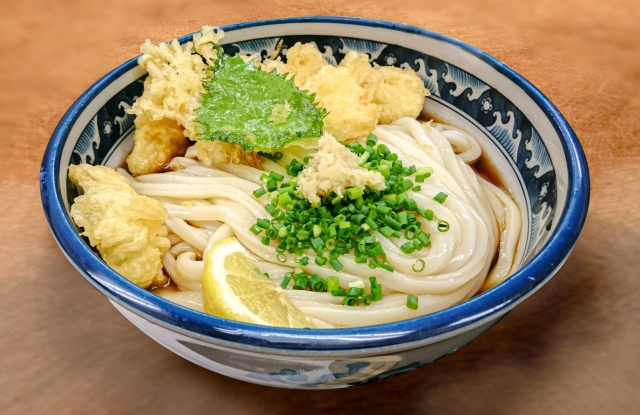
Udon noodles are boiled slowly in plenty of water.
The cooking time is longer, around 10 to 15 minutes, to achieve their characteristic chewy texture.
After boiling, udon noodles are often rinsed in cold water to enhance their firmness even further.
Soba
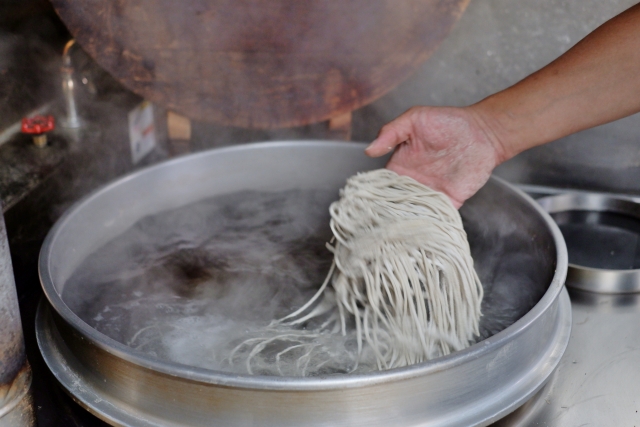
Soba noodles are delicate and require careful attention to avoid overcooking.
They are typically boiled for about 4 to 5 minutes.
After boiling, the noodles are thoroughly rinsed in cold water to remove excess starch, which helps to bring out their rich, nutty flavor.
Somen
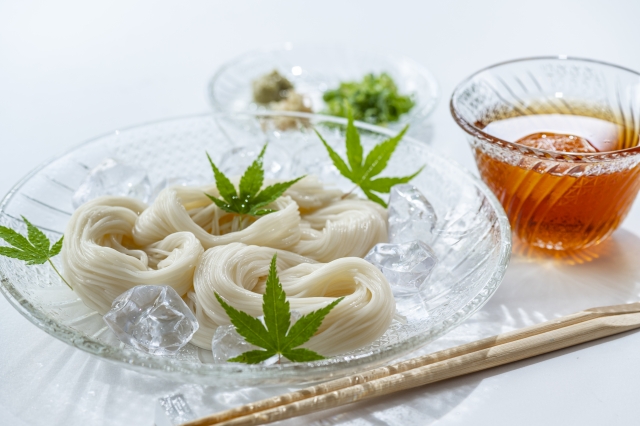
Somen noodles are very thin and cook quickly, usually in 1 to 2 minutes.
After boiling, they are rinsed in cold water and chilled, which enhances their smooth texture and makes them perfect for enjoying in refreshing cold dishes.
Conclusion
Japan's noodle culture is incredibly rich, with a wide variety of types and ways to enjoy them.
Japanese people have a deep passion for noodles, constantly perfecting the cooking methods and ways to eat each type of noodle dish.
When you visit Japan, be sure to experience authentic noodle dishes locally.
You'll be amazed by their diversity and deliciousness.
Even with just noodles, you can experience the vast variety that Japanese cuisine has to offer.
Enjoy the journey through Japan's noodle culture!



